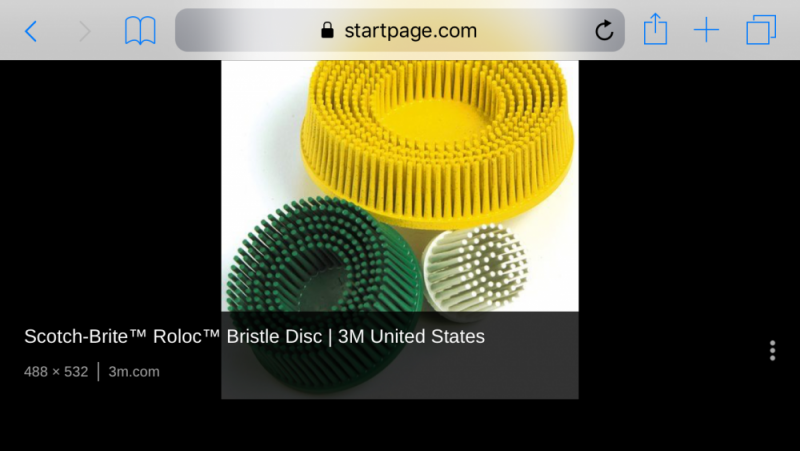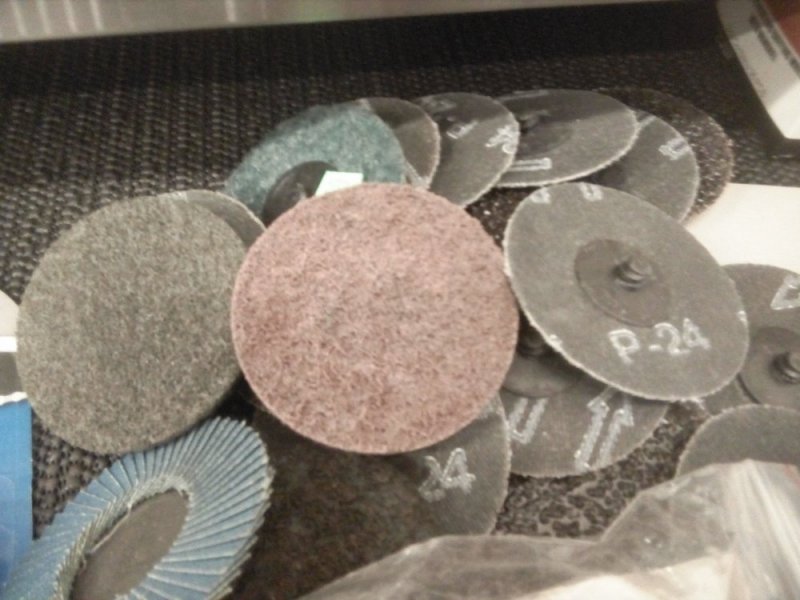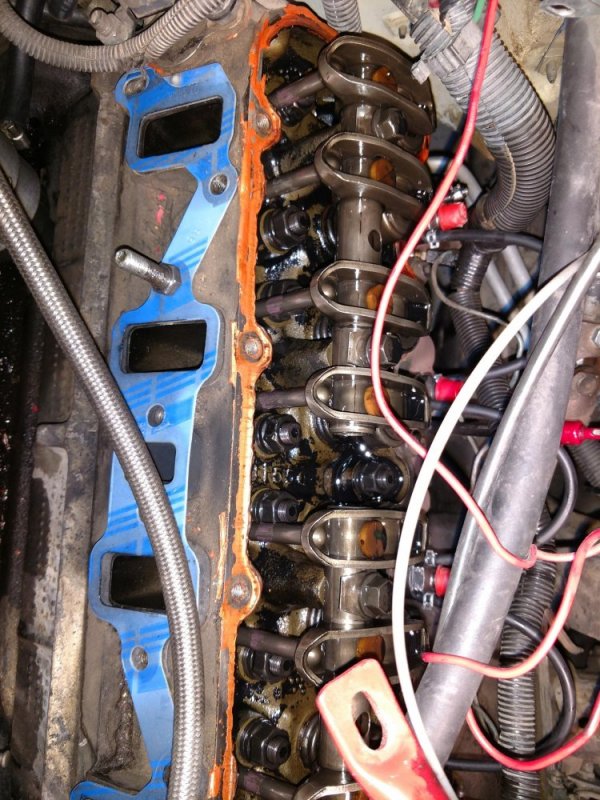ak diesel driver
6.5 driver
Quickie search on the internet came up with this.
As
a rule, the recommended surface finish for a traditional composition style soft-face head gasket in an engine with cast iron heads and block is 60 to 120 microinches Ra (roughness average). But the recommended surface finish for the same type of head gasket in an engine with an aluminum head on a cast iron block is smoother, typically 20 to 50 microinches Ra. On late model engines with multi-layer steel (MLS) head gaskets, the OEM surface finish recommendations tend to be even smoother, say 20 to 30 microinches Ra or even 7 to 15 Ra. But the aftermarket also sells MLS gaskets with special coatings for many of these same applications that can handle surface finishes in the 50 to 60 microinch Ra range. So you have to know your gaskets and the surface finish recommendations for them by the gasket manufacturer, or the OEM if you are using a factory-style replacement head gasket.
As
a rule, the recommended surface finish for a traditional composition style soft-face head gasket in an engine with cast iron heads and block is 60 to 120 microinches Ra (roughness average). But the recommended surface finish for the same type of head gasket in an engine with an aluminum head on a cast iron block is smoother, typically 20 to 50 microinches Ra. On late model engines with multi-layer steel (MLS) head gaskets, the OEM surface finish recommendations tend to be even smoother, say 20 to 30 microinches Ra or even 7 to 15 Ra. But the aftermarket also sells MLS gaskets with special coatings for many of these same applications that can handle surface finishes in the 50 to 60 microinch Ra range. So you have to know your gaskets and the surface finish recommendations for them by the gasket manufacturer, or the OEM if you are using a factory-style replacement head gasket.



